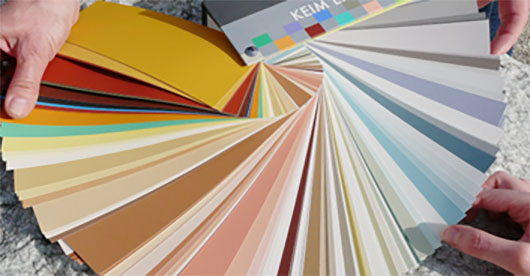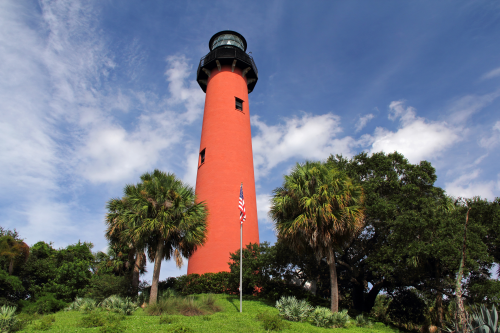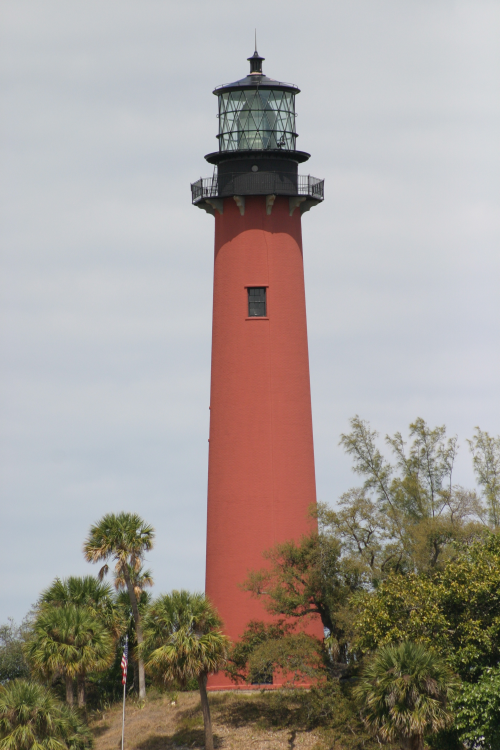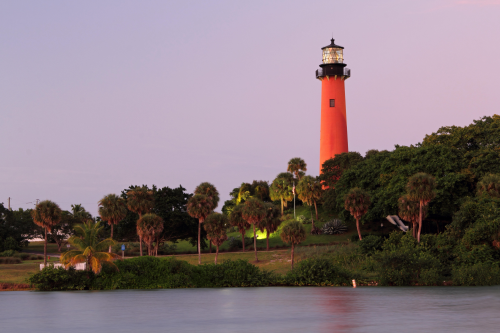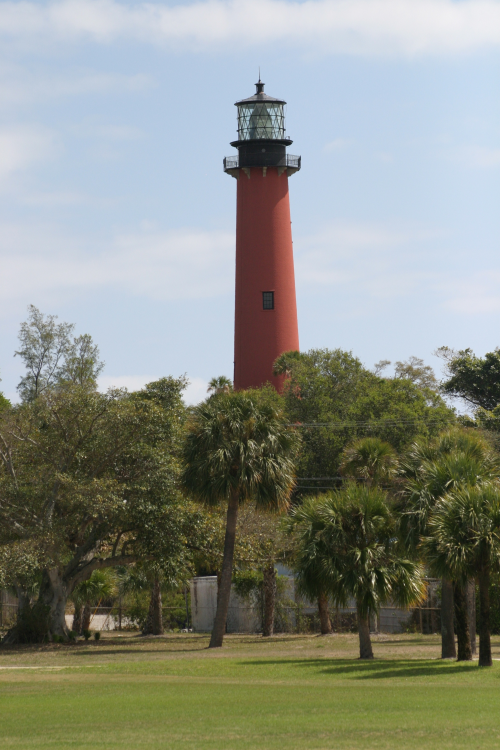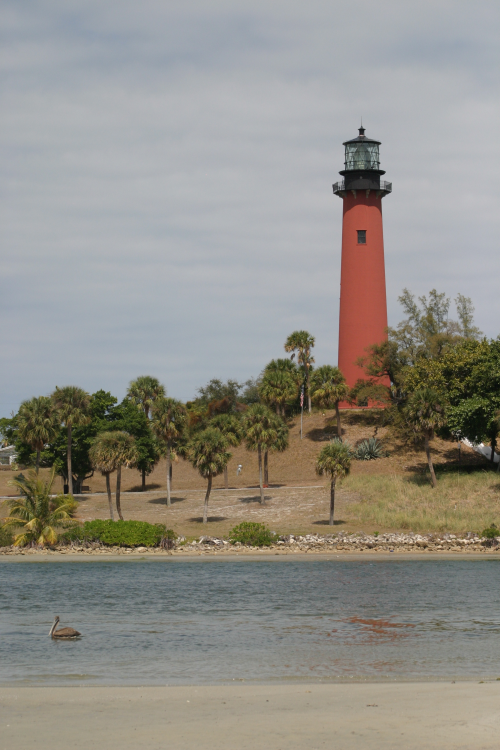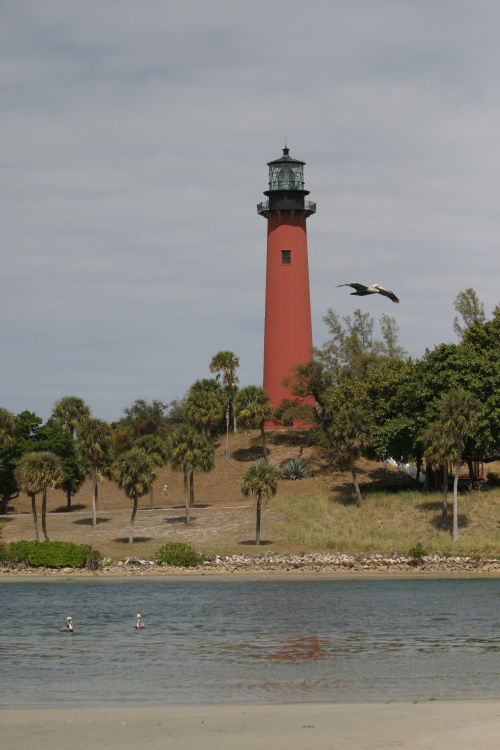EXPLORE REFERENCE PROJECTS
- Back
JUPITER LIGHTHOUSE, JUPITER, FLORIDA
The Jupiter Inlet Lighthouse is located in Jupiter, Florida, on the north side of the Jupiter Inlet. The site for the lighthouse was chosen in 1853. It is located between Cape Canaveral Light and Hillsboro Inlet Light. The lighthouse was designed by then Lieutenant George G. Meade of the Bureau of Topographical Engineers. Meade’s design was subsequently modified by Lieutenant William Raynolds. The Jupiter Inlet silted shut in 1854, forcing all building supplies to be shipped in light boats down the Indian River. Work was interrupted from 1856 to 1858 by the Third Seminole War. The lighthouse was completed under the supervision of Captain Edward A. Yorke in 1860 at a cost of more than $60,000.
The top of the 105-foot (32 m) tower is 153 feet (47 m) above sea level. The light can be seen 24 nautical miles (44 km; 28 mi) at sea. The lighthouse structure is brick with double masonry walls. The outer wall is conical, tapering from 31.5 inches (800 mm) (eight bricks thick) at ground level to 18 inches (460 mm) (three bricks thick) at base of lantern. The inner wall is cylindrical and two bricks thick throughout. Circumference at base is about 65 feet (20 m) and at the top about 43 feet (13 m).[5] The lighthouse was painted red in 1905 with Keim mineral silicate paint to cover discoloration and damage caused by weathering. Subsequently, under care of the Coast Guard, the tower was painted numerous times with various products, but in the 1960’s Keim mineral silicate paint was again applied in the signature red color. Hurricane Jeanne in 2004 sandblasted the paint from the upper portion of the tower, and the tower was touched-up using Soldalit Sol Silicate Mineral Coating. In 2019, the tower was completely repainted with Keim Soldalit Sol Silicate Mineral Paint and will look fantastic for the next 30 plus years.
From Keim:
Extreme humidity, harsh weather, and constant UV exposure challenge paint finishes. The lighthouse’s thick masonry walls must let moisture vapor escape to avoid damage. Keim finishes are ideal because they resist fading, provide weather protection, and allow the brick to breathe. The original brick facade was damaged, leading to the first use of Keim mineral paint in 1905, which gave the lighthouse its red color. It was repainted in the 1960s. In 2004, strong winds from Hurricane Jeanne removed much of the paint from the upper tower, and the area was retouched with Keim Mineral Silicate finish, matching the old color perfectly.



